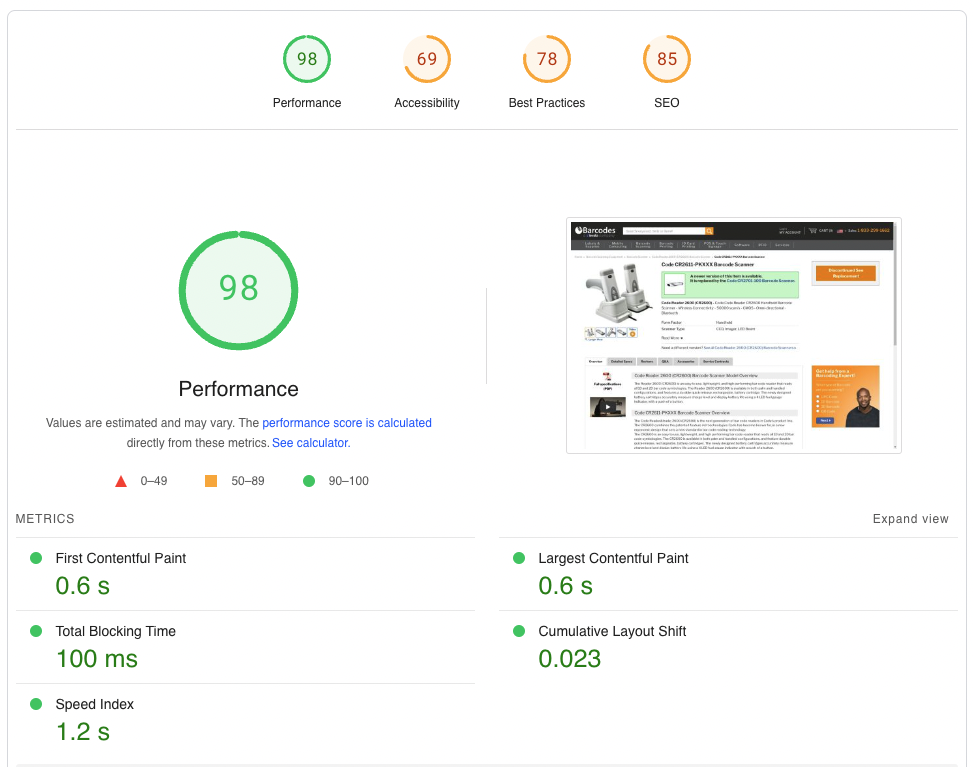The Business Challenge: From Reactive to Proactive
With the legacy platform successfully migrated and the initial performance fires extinguished, the strategic challenge for Levata in 2024 shifted from fixing the past to building the future.
The new challenge was to shift the organization from a reactive “firefighting” mode to a proactive mode of strategic development. The key question became: How do we build a front-end architecture that can support the business’s long-term growth without accumulating the same technical debt we just paid off?
My Evolved Role: From Lead Developer to Solutions Architect
The success of the initial turnaround led to an evolution in my role and a new mandate. I transitioned from Lead Front-End Developer (35%) to serve as Solutions Architect (65%). My focus shifted from not just leading the hands-on rescue mission to also setting the long-term technical vision for the entire front-end ecosystem. My new goal was to ensure the platform was not just fast, but also scalable, maintainable, and future-proof.
Process & Execution: Building the Architectural Foundation
As Solutions Architect, my approach was to:
- Lead a Data-Driven Performance Initiative:
Move beyond basic metrics to create and maintain comprehensive performance tracking reports, using this data to build a clear business case for performance optimization. - Architect for Speed:
Design and implement a multi-faceted performance optimization strategy focusing on Core Web Vitals, front-end code quality, and back-end efficiency. - Designing a Unified Design System:
A primary initiative was to lead the architecture and implementation of a new, reusable component library. This system would ensure brand consistency across all digital properties, dramatically increase developer velocity by providing ready-made building blocks, and reduce long-term maintenance costs. - Creating a Multi-Year Technical Roadmap:
I developed a long-term architectural vision for the front-end. This roadmap outlined a strategic path for modernization, including plans to progressively refactor legacy code and explore a future transition to a more flexible, headless/composable architecture to support new business channels. - Establishing a Governance Model:
To ensure lasting quality, I established a new front-end governance model. This included creating and documenting a comprehensive set of modern coding standards, instituting a mandatory peer-review process for all new code, and mentoring the team on these new best practices.
Execution: Site Performance
As the project owner for the site performance initiative, I pulled the application apart to diagnose and optimize the entire user experience, from the server to the browser in order to .
- Front-End Architecture & Optimization:
I led a complete overhaul of our asset delivery strategy. This involved implementing critical CSS tailored to each page type, which I achieved by developing a unique solution to create and serve page-specific critical CSS. We aggressively optimized JavaScript delivery by bundling assets with MagePack, preloading the generated files, and moving non-essential scripts to the bottom of the page. All below-the-fold images were set to lazy load, and we usedfetchpriority="high"on LCP elements to dramatically improve perceived load times. I architected a bot theme solution specifically to allow us to render content immediately on page render for crawling bots with below-the-fold content delivered on user interaction to lessen page load. - Back-End & Infrastructure Performance Analysis:
My analysis extended beyond the front-end to the entire request lifecycle. Using monitoring tools like New Relic, I performed deep analysis of application traces and identified slow database queries that were creating bottlenecks. I meticulously traced HTTP requests through the server stack and caches to optimize our infrastructure. This led to strategic improvements in our Varnish cache configuration and our Cloudflare rules, enhancing both caching efficiency and security policies, which was critical in reducing our Time to First Byte (TTFB). - Project Leadership & Execution:
My hands-on leadership during this intensive period is demonstrated by over 300 contributions to our internal Magento 2 repository from January 2024 to April 2025. In the latter half of 2024 alone, I created 80 Jira tickets (with over 50 focused specifically on site performance) and collaborated on 91 others. I consistently owned the communication of this progress to stakeholders through bi-weekly sprint demos and performance update presentations, ensuring alignment across all teams. - Cross-Functional Strategic Leadership:
I partnered directly with the “Marketing War Room” to develop and execute advanced SEO strategies, personally architecting the implementation of rich snippets across the product catalog to boost search visibility. I led joint task forces with the infrastructure team to diagnose full-stack performance bottlenecks and orchestrated the collaboration with the design team to establish and enforce new web style guides, ensuring all creative was feasible and optimized for performance and UX from day one.
The Result: A Future-Proof Platform and an Empowered Team
This architectural phase delivered a system, not just a series of fixes. The results were transformative for both the business and the development team.
For the Team:
The development team was empowered with a strong set of standards and reusable tools (the design system). This not only improved the quality and consistency of their work but also fostered a more collaborative and efficient development culture.
For the Business:
The new architecture provided a more scalable and maintainable platform, which led to a faster time-to-market for new features and a clear technical strategy that was in lockstep with the company’s growth objectives.
- Record Performance Gains: The performance optimization project I owned resulted in enormous gains in 2024 and into 2025 across both divisions, directly improving the customer experience and enhancing conversion funnels.
- Successful Corporate Rebrand: Executed a flawless digital rebranding across a complex portfolio of websites, creating a unified and consistent brand experience for all customers.
- Enhanced SEO & User Experience: Created original UI/UX designs for key site components, such as the 404 page and MegaMenu, and architected rich snippets that improved search visibility and user navigation.
As the lead architect of the performance optimization initiative, I drove a data-backed strategy that resulted in enormous gains across all Core Web Vitals. Building on the record performance gains we achieved in 2023, the goal for 2024 was to architect a system that would sustain and improve upon that success for the long term. I architected a faster, more stable, and more responsive eCommerce experience, directly impacting user satisfaction and conversion funnels.
Conclusion: The Two Halves of Digital Transformation
This two-part journey highlights the full spectrum of digital transformation. True, lasting change requires a leader who can both execute the difficult tactical turnaround to solve the immediate crisis and then pivot to architect the strategic vision for the future. By successfully navigating both phases, we were able to build a front-end ecosystem that was not only high-performing but truly built to last.








